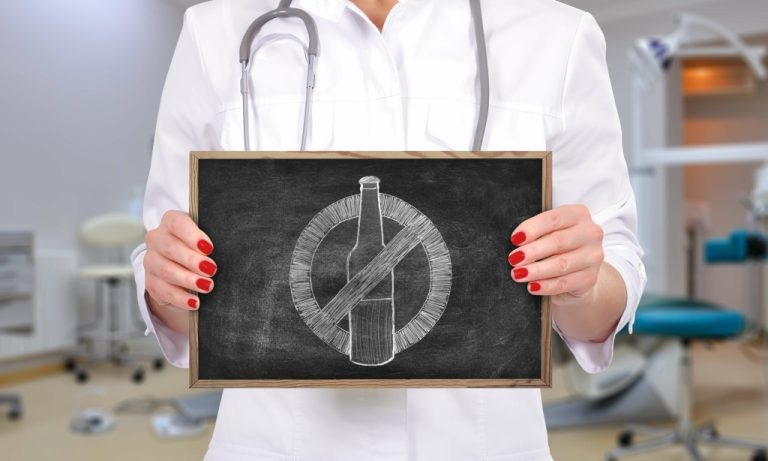Common Halfway House Rules You Should Know About LRI Blog
Sober living
Common Halfway House Rules You Should Know About LRI Blog
However, halfway houses typically have rules and regulations in place to promote safety, such as drug and alcohol testing, security measures, and staff supervision. Halfway houses and sober living facilities provide a structured living for recovering addicts. The most important thing to remember is that each individual is here to work through recovery, stay sober, and be able to http://stadion.kz/m/news/id/14 resume normal life on their own once they are discharged from the house. The primary purpose of halfway houses is to facilitate the successful reintegration of individuals into society after completing formal addiction treatment programs. These houses aim to provide continued support, promote personal growth, and prevent relapse by offering a safe and drug-free environment.

Table of Contents
Minors are allowed to visit, provided they accompanied by a guardian or a parent. But with hard work and dedication, you can make use of this valuable http://russiavrachi.ru/node/868 resource for as long as you need to in order to get back on your feet. Design for Recovery offers the skills and support for lifelong sobriety.
The Most Common Halfway House Rules
Individuals who have an outstanding warrant is currently on parole or is considered a security risk will not be approved to visit the residents. The living conditions and the number of residents vary in every facility. While some accommodations provide bedrooms that two or three people can share, others provide larger rooms that are furnished with bunk beds to accommodate more residents. In a halfway house, residents learn to rely on one another and take accountability for their actions.
Are Sober Living Homes the Same?
Visitors may need to coordinate their visits with their loved ones ahead of time with the assistance of the facility staff. All visitors need to be at least 18 years https://rozalinks.info/2024/02/22/webnovel-the-chronicles-of-acg/ old and show proper identification. Minors are permitted to visit the halfway house as long as they are accompanied by an adult (either a parent or a guardian).
- An organized plan for the halfway house would also make a great presentation if you plan to apply for a loan or grant to get your business started.
- The Bureau of Prisons shall designate the place of the prisoner’s imprisonment.
- Living alongside individuals with similar experiences creates a supportive community within halfway houses.
- Facilities usually have a stipulated number of visitors a resident can have.
How Much Does it Cost to Stay in a Halfway House?
Some facilities permit residents to bring outside medications but have restrictions on the amount and type of medication. Other facilities have restrictions in place that require medications administered by staff members. Many people transition into sober living after finishing a residential program to continue their recovery journey in an outpatient setting. If a person comes from a correctional facility, they can be court-mandated to live in a halfway house for a predetermined amount of time. Because of this, halfway houses can be used by the homeless or people coming out of incarceration. Some even require you to look for work while living on the premises.
- Inmates must sign in and out of the facility, and can only leave for work, counseling, job-seeking, approved recreational activities or family visits.
- You can continue with your regular job or schooling but have to adhere to several house rules.
- Halfway houses provide a safe and supportive setting for those in early recovery from drug or alcohol addiction.
- These homes provide a structured and supportive setting where residents can continue their recovery journey, develop essential life skills, and prepare for independent living.
- The short answer is “it depends.” Each halfway house will have it’s own rules regarding smartphones.
- At Lighthouse Recovery Institute, our addiction specialists can help you find the best road to recovery.
What Are Halfway Houses and Are Cell Phones Allowed?



